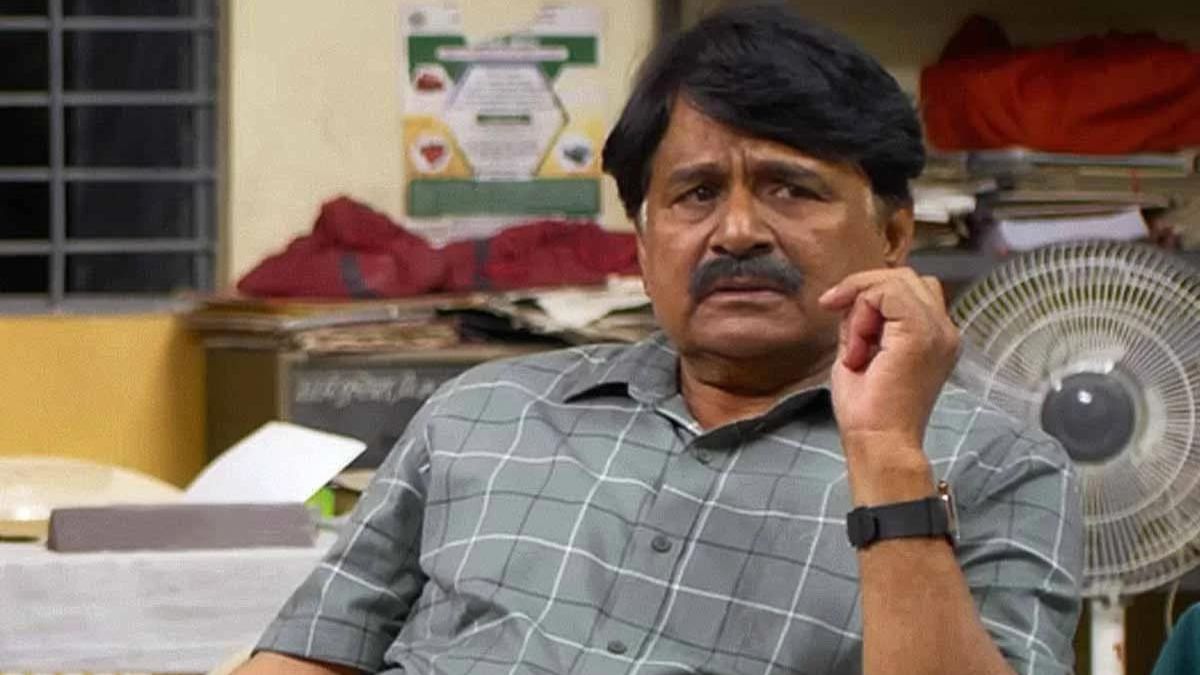'Panchayat' actor Raghubir Yadav on the show's enduring magic and approaching its emotions sincerely

Prime Video’s Panchayat returns with a powerful fourth season, and actor Raghubir Yadav, the beloved ‘Pradhan ji’, tells us why the show continues to strike a deep chord across generations and geographies.
The fourth season of this heartwarming and hilariously real slice-of-life drama is already trending; at the centre of this emotionally rich universe stands the quietly commanding ‘Pradhan ji’, played by veteran actor Raghubir Yadav.
Sharing his views on the popularity of this much-loved rural sitcom, Yadav reflects on why the show has moved people across the globe and reveals why, for him, it’s far more than just another acting assignment.
In the role of Brij Bhushan Dubey (better known as Pradhan ji), Yadav has earned cult status, and to him, the show’s impact feels deeply personal. “When I first read the script, I said, ‘There’s no room for acting here. We’ll have to live with these characters,’” he says. “These aren’t roles to perform. They are lives to inhabit.”
Yadav, who hails from a village in Madhya Pradesh, says his decades in theatre and his early years spent observing grassroots life across Bihar, UP, Rajasthan, and MP helped him internalise the world of Phulera instinctively. “I’ve met and lived among people like the Sarpanch and Panchayat members all my life. That instinct to observe and absorb has always shaped me as an actor,” he says.
When Panchayat first premiered in April 2020, it came as a breath of fresh air. At a time when audiences were inundated with crime thrillers and urban dramas, here was a slow-burning show set in the fictional village of Phulera in Uttar Pradesh, built around the mundanities of rural governance.
The protagonist, Abhishek Tripathi (played by Jitendra Kumar), a reluctant engineering graduate-turned-Panchayat Secretary, navigated quirky village politics while nursing dreams of a more ‘respectable’ job.
Over the next two seasons, the show built a devoted fanbase by focusing on the quotidian aspects — water tank disputes, school boundary squabbles, lighthearted gossip, and the unhurried yet deeply political life of a village.
Season 4, now streaming, raises the emotional and political ante, capturing the charged atmosphere of rural elections. But the show still retains its core charm — no melodrama, no villains; just human stories told with rare empathy.
Yadav credits Chandan Kumar's writing for striking the right balance of realism and emotion. “The emotions between the lines were often deeper than what was on the page,” he says. “To portray it truthfully, we all had to approach it with complete sincerity. And that sincerity, I think, is what the audience feels.”
Despite its hyper-local setting, Panchayat has found fans across age groups, cities, and even countries. “It’s incredible how Panchayat has resonated with everyone — children, young adults, elders — across villages, metros, and even overseas,” says Yadav. “When I was in Australia for a play, people from different communities came up to me to talk about the show. At first, I couldn’t quite understand why. Then I realised — this is India, in its truest form. The simplicity, the honesty, the day-to-day emotions — they connect across cultures.”
When the release date of Season 4 was brought forward from July 2 to June 24, the internet erupted with relief. “Everyone was restless,” laughs Yadav. “They kept saying, ‘Even a few days felt too long!’”
If there's one thing that unites every viewer of Panchayat, it's the feeling of watching something deeply familiar yet refreshingly original. The absence of high drama is its biggest strength. Nuanced character arcs, smart humour, and a genuine portrayal of the Indian hinterland have made the show popular among its increasing fan base.
The show also owes its soul to its remarkable ensemble — Jitendra Kumar, Neena Gupta, Raghubir Yadav, Sunita Rajwar, Pankaj Jha and others, all of who bring an endearing charm to the screen.
Produced by The Viral Fever (TVF), Panchayat continues as a shining example of what meaningful Indian storytelling can look like.
Entertainment